The Grumman F4F Wildcat was an American carrier-based fighter aircraft that began service with both the United States Navy and the British Royal Navy (as the Martlet) in 1940. First used in combat by the British in Europe, the Wildcat was the only effective fighter available to the United States Navy and Marine Corps in the Pacific Theater during the early part of World War II in 1941 and 1942; the disappointingBrewster Buffalo was withdrawn in favor of the Wildcat and replaced as units became available. With a top speed of 318 mph (512 km/h), the Wildcat was still outperformed by the faster 331 mph (533 km/h), more maneuverable, and longer ranged Mitsubishi A6M Zero. But the F4F's ruggedness, coupled with tactics such as the Thach Weave, resulted in an air combat kill-to-loss ratio of 5.9:1 in 1942 and 6.9:1 for the entire war.[2]Lessons learned from the Wildcat were later applied to the faster F6F Hellcat. While the Wildcat had better range and maneuverability at low speed,[3] the Hellcat could rely on superior power and high speed performance[4] to outperform the Zero. The Wildcat continued to be built throughout the remainder of the war to serve on escort carriers, where larger and heavier fighters could not be used.I would still assess the Wildcat as the outstanding naval fighter of the early years of World War II ... I can vouch as a matter of personal experience, this Grumman fighter was one of the finest shipboard aeroplanes ever created.—?Eric M. "Winkle" Brown, British test pilot[2]Design and developmentOperational historyVariantsOperatorsSurvivorsSpecifications (F4F-3)Specifications (F4F-
Specifications
General Characteristics
- Successors 1 airplane(s)
- Created On Android
- Wingspan 42.4ft (12.9m)
- Length 26.2ft (8.0m)
- Height 12.0ft (3.7m)
- Empty Weight 4,177lbs (1,895kg)
- Loaded Weight 7,016lbs (3,182kg)
Performance
- Horse Power/Weight Ratio 0.285
- Wing Loading 22.9lbs/ft2 (111.7kg/m2)
- Wing Area 306.8ft2 (28.5m2)
- Drag Points 1628
Parts
- Number of Parts 29
- Control Surfaces 8
- Performance Cost 228

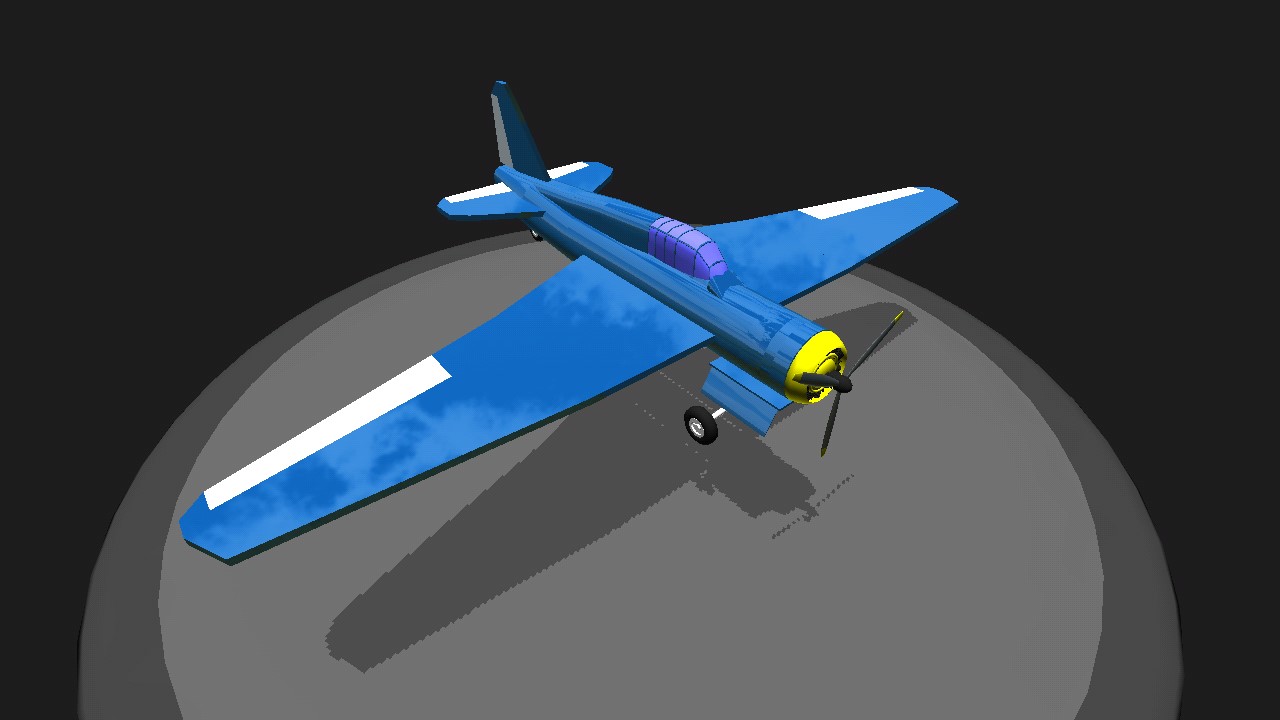
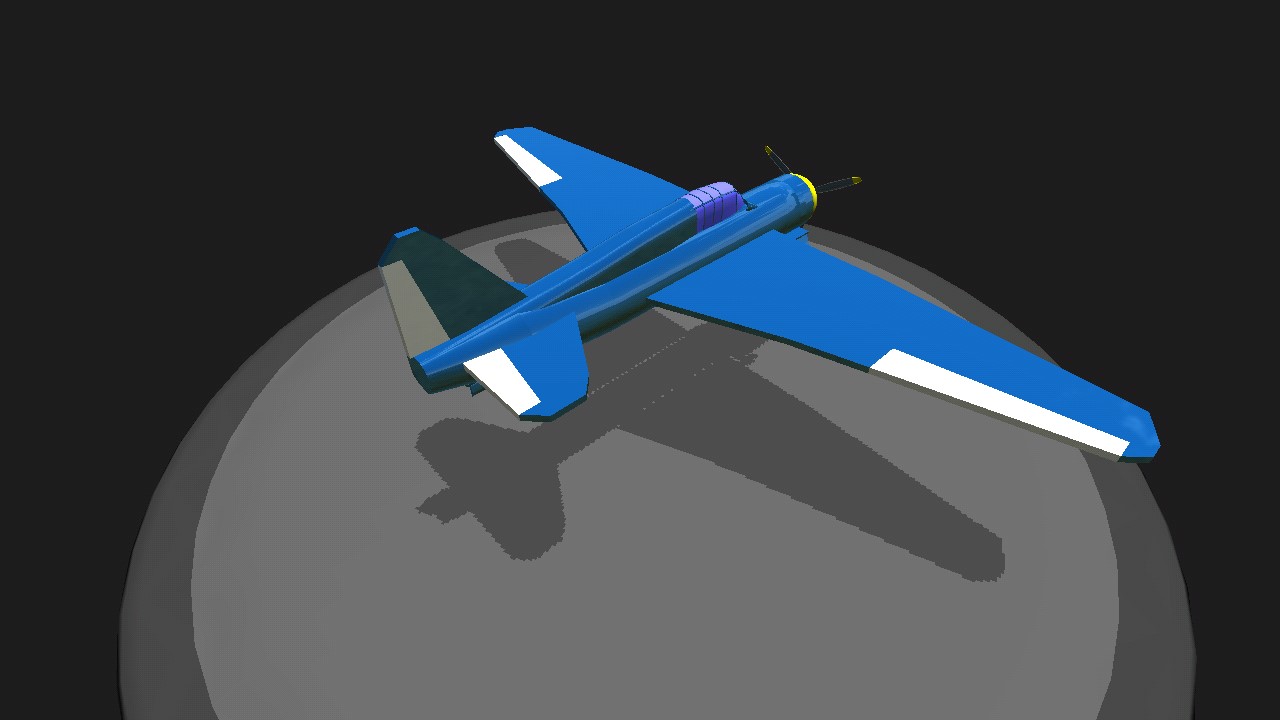
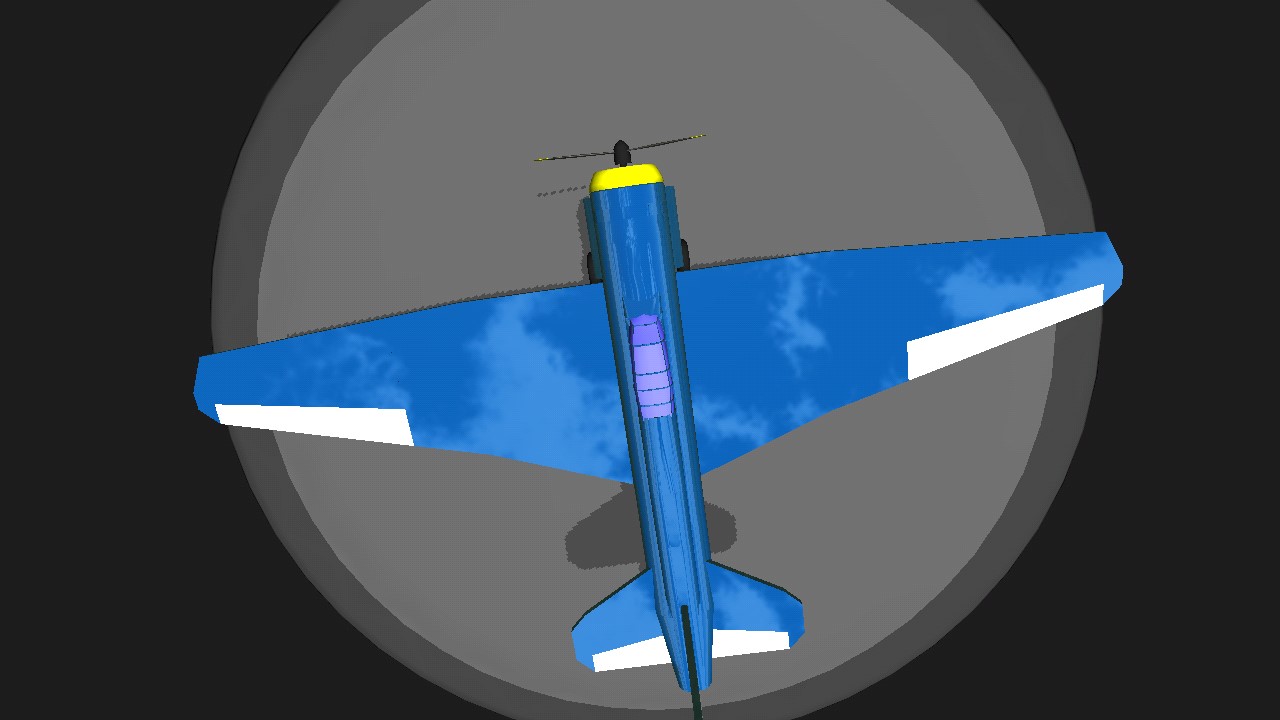
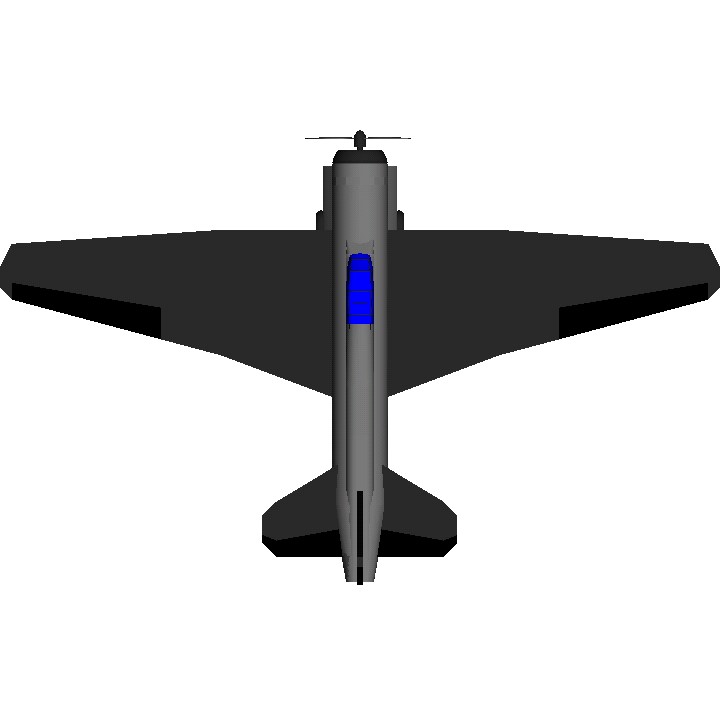
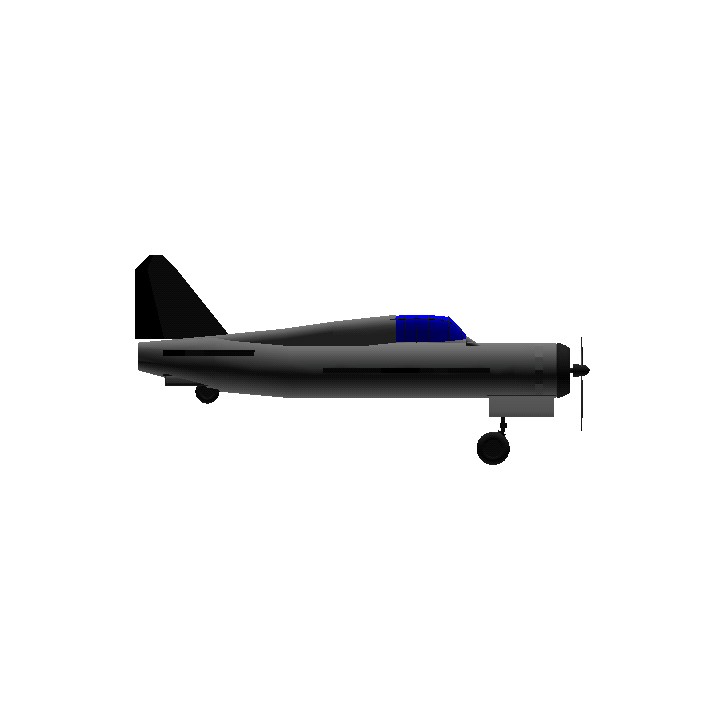
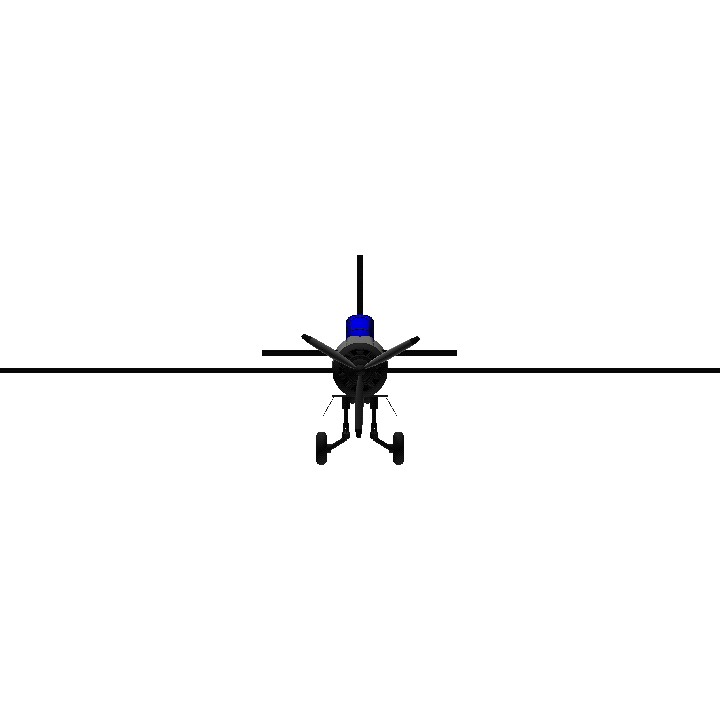
@karlosdarkness yeah
I would advise against just posting the blurb of wiki though.